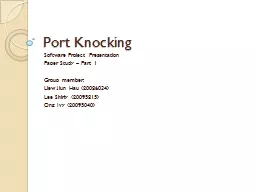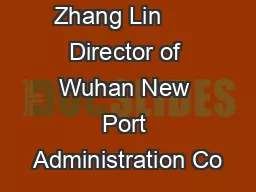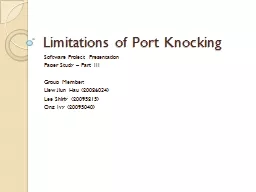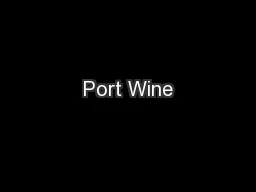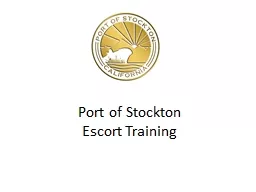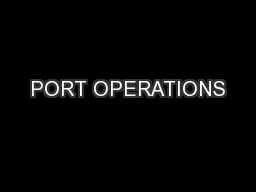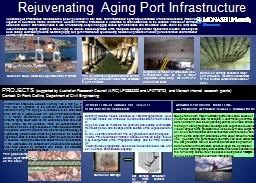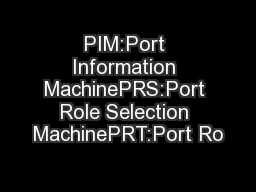PPT-Port Knocking
Author : lindy-dunigan | Published Date : 2016-11-11
Software Project Presentation Paper Study Part 1 Group member Liew Jiun Hau 20086034 Lee Shirly 20095815 Ong Ivy 20095040 Agenda Basic Networking Firewall
Presentation Embed Code
Download Presentation
Download Presentation The PPT/PDF document "Port Knocking" is the property of its rightful owner. Permission is granted to download and print the materials on this website for personal, non-commercial use only, and to display it on your personal computer provided you do not modify the materials and that you retain all copyright notices contained in the materials. By downloading content from our website, you accept the terms of this agreement.
Port Knocking: Transcript
Download Rules Of Document
"Port Knocking"The content belongs to its owner. You may download and print it for personal use, without modification, and keep all copyright notices. By downloading, you agree to these terms.
Related Documents

